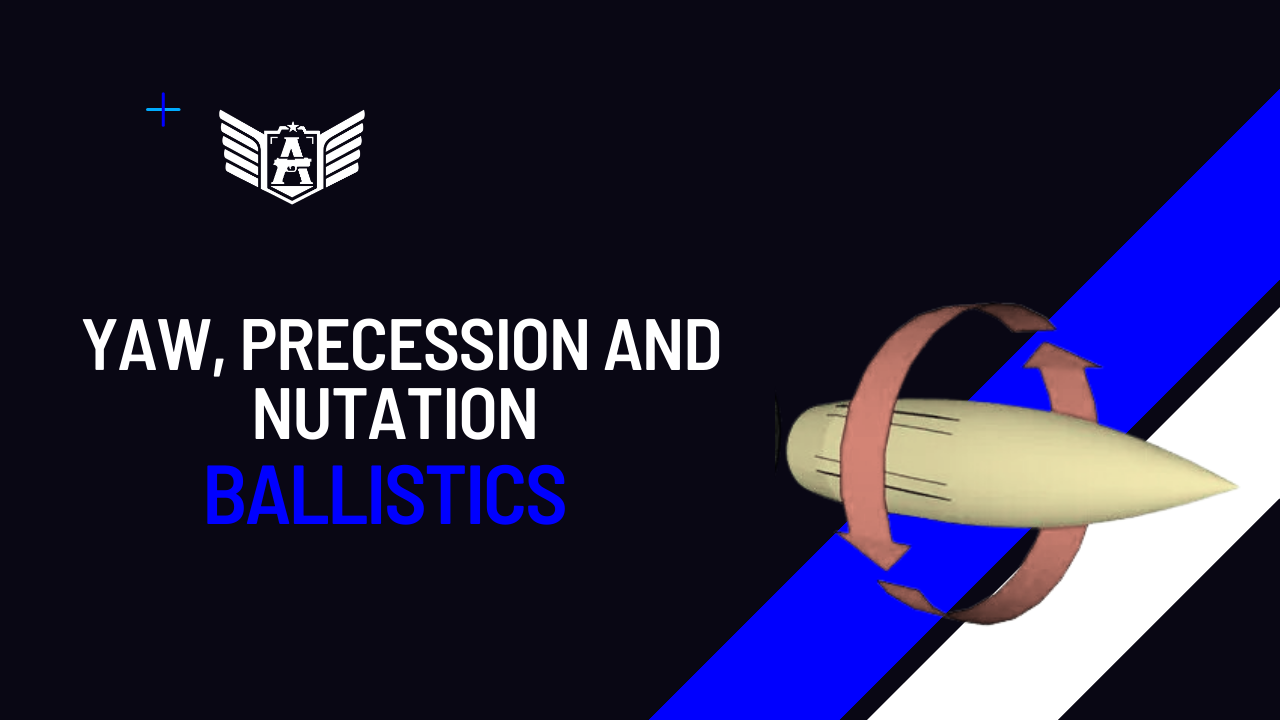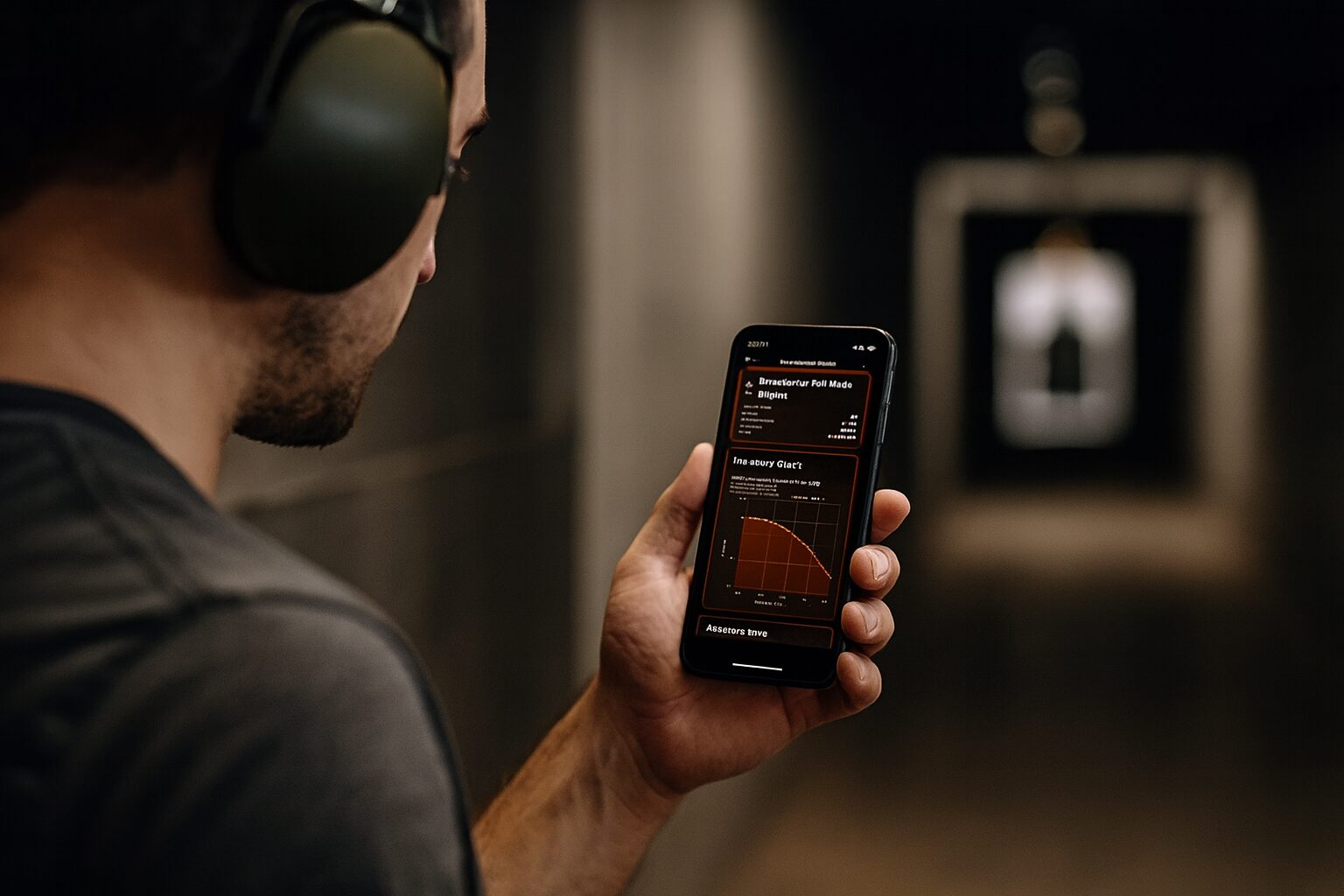
Panagiotis K. Stefanopoulos1*, Georgios F. Hadjigeorgiou2, Konstantinos Filippakis3, and Dimitrios Gyftokostas4 published an article titled “Gunshot wounds: A review of ballistics related to penetrating trauma” in the Journal of Acute Disease in 2014.
In their article, the authors thoroughly examine and explain the fundamentals of external ballistics. We are referencing this article to establish the definitions provided below.
During a bullet’s flight, it undergoes a series of complex interactions with various forces that significantly influence its trajectory and stability. It’s essential to grasp these factors in order to understand the bullet’s behavior.
Initially, when a bullet is fired, it experiences a destabilizing effect caused by the pressurized gases escaping from the gun’s muzzle. These gases exert pressure on both the front and rear parts of the bullet, creating a yawing motion. Yawing refers to the deviation of the bullet’s longitudinal axis from the intended line of trajectory. This phenomenon is particularly noticeable in spitzer bullets, which have a streamlined design with the center of mass toward the rear. This setup results in an overturning moment that contributes to the yaw angle, i.e., the angle formed between the bullet’s axis and its velocity vector.
The interaction between yaw and the bullet’s spin leads to a fascinating phenomenon known as precession. Due to the stabilizing effect of the bullet’s spin, precession results in a complex spiral revolution of the bullet’s tip in space around its center of mass. You can think of this as akin to what happens when a spinning top is nudged sideways. However, it’s important to note that as the bullet travels over longer distances, the extent of this precession gradually decreases.

Yaw refers to the rotation of the nose of the bullet away from the line of flight. Precession refers to rotation of the bullet around the center of mass. Nutation refers to small circular movement at the bullet tip. Yaw and precession decrease as the distance of the bullet from the barrel increases.
The University of Utah


References
Stefanopoulos, P. K., Hadjigeorgiou, G. F., Filippakis, K., & Gyftokostas, D. (2014). Gunshot wounds: A review of ballistics related to penetrating trauma. Journal of Acute Disease, 3(3), 178–185. doi:10.1016/s2221-6189(14)60041-x
https://euroballistics.org/lois_balistiques_Eng.htm




